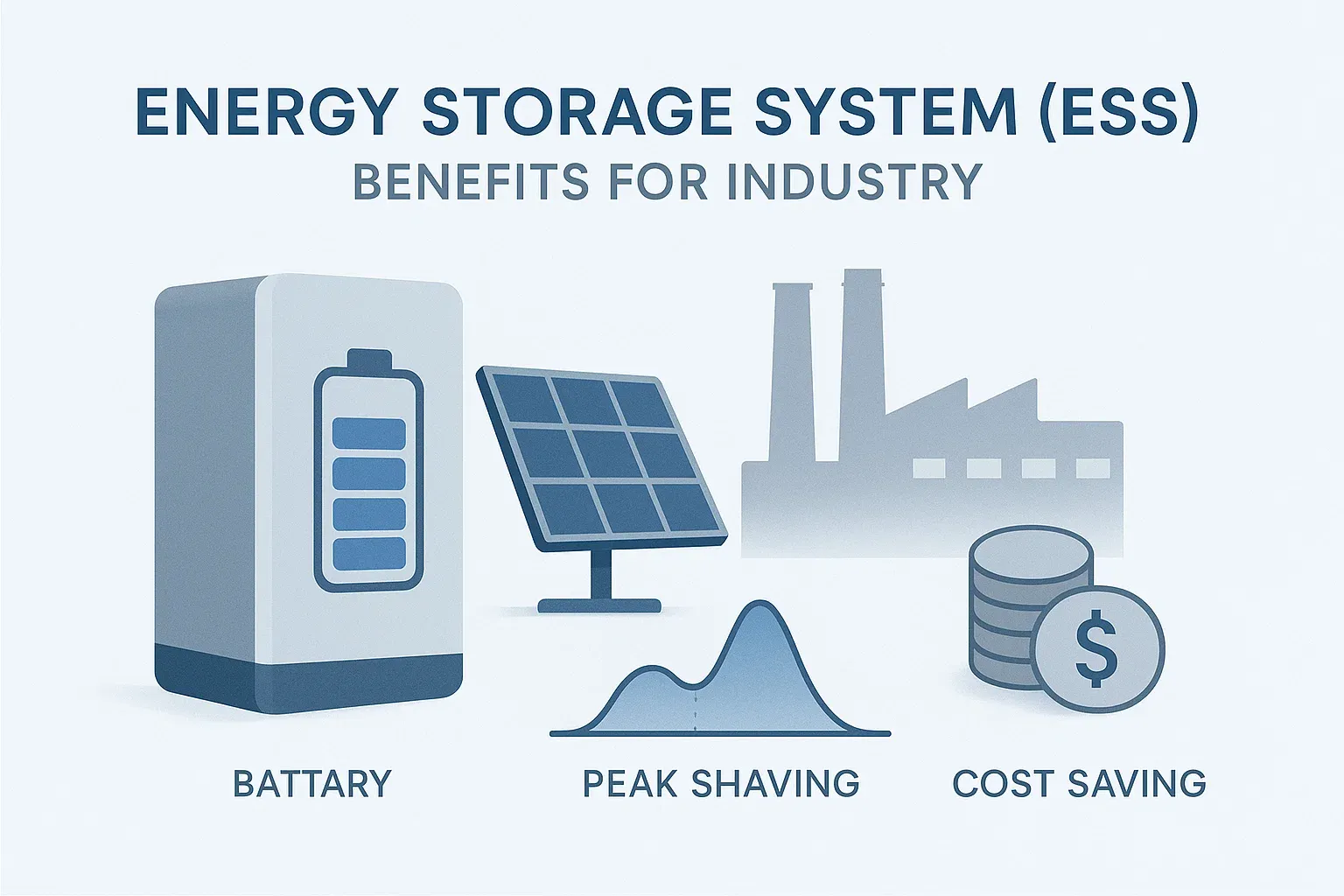Energy Storage Systems: Boosting Industrial Energy Utilisation
Unlock significant energy savings and operational improvements. This guide details how Energy Storage Systems (ESS) revolutionise industrial energy utilisation through peak shaving, enhanced renewable use, and better power quality. Ideal for engineers, purchasers, and technical staff in industrial settings.

